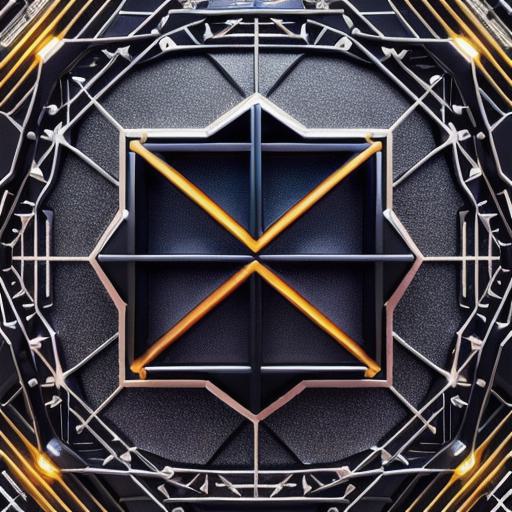Web3 technology is the next big thing in the world of decentralized applications (dApps). With blockchain, smart contracts, and cryptography at its core, Web3 is revolutionizing the way we interact with digital assets. In this article, we’ll explore everything you need to know about Web3 technology and its potential to transform industries such as finance, healthcare, and entertainment.

What is Web3?
Web3 is a decentralized network that allows users to interact with digital assets in a secure and transparent way. Unlike traditional web technologies, which rely on central servers, Web3 uses a distributed ledger to store data and facilitate transactions. This makes it possible to create trustless systems that can operate without intermediaries, which has the potential to disrupt many industries.
How does Web3 work?
Web3 is built on blockchain technology, which is a decentralized digital ledger that records all transactions. Each block in a blockchain contains a cryptographic hash of the previous block, which creates an immutable chain of records. This means that once data is recorded on a blockchain, it cannot be altered or deleted.
In addition to blockchain, Web3 also uses smart contracts, which are self-executing programs that can automate complex processes. Smart contracts allow users to define the rules for a transaction and execute those rules automatically when certain conditions are met. This makes it possible to create secure and transparent systems that can operate without intermediaries.
Why is Web3 important?
Web3 has the potential to transform many industries by enabling new types of applications that were previously impossible or impractical. For example, in finance, Web3 can be used to create decentralized exchanges (DEXs) that allow users to trade cryptocurrencies and other digital assets without intermediaries. This could potentially reduce transaction costs and increase efficiency.
In healthcare, Web3 can be used to create secure and private networks for storing and sharing patient data. By using blockchain technology, it’s possible to create a tamper-proof record of a patient’s medical history that can only be accessed by authorized parties. This could potentially improve patient outcomes and reduce the risk of medical errors.
In entertainment, Web3 can be used to create new types of games and applications that are more engaging and interactive than traditional centralized systems. For example, decentralized games can be played on a peer-to-peer network, which means that players don’t need to rely on central servers or intermediaries. This could potentially reduce lag and increase responsiveness.
Summary
Web3 technology has the potential to revolutionize many industries by enabling new types of applications that were previously impossible or impractical. With blockchain, smart contracts, and cryptography at its core, Web3 is a powerful tool that can be used to create trustless systems that operate without intermediaries. As the world continues to adopt Web3 technology, we’re likely to see even more innovative use cases emerge.

FAQs:
- What is Web3 technology?
Web3 is a decentralized network that allows users to interact with digital assets in a secure and transparent way. - How does Web3 work?
Web3 is built on blockchain technology, which is a decentralized digital ledger that records all transactions. Smart contracts are also used to automate complex processes. - What industries can benefit from Web3 technology?
Finance, healthcare, and entertainment are just a few examples of the many industries that could potentially benefit from Web3 technology. - What are some real-life examples of Web3 applications?
Decentralized exchanges (DEXs) for trading cryptocurrencies and other digital assets are one example of a Web3 application. Secure and private networks for storing and sharing patient data is another example.
